EDITION 2 | JULY 2021



A uvex riding helmet is the perfect protective solution for dressage, show jumping, cross-country, and leisure riding.
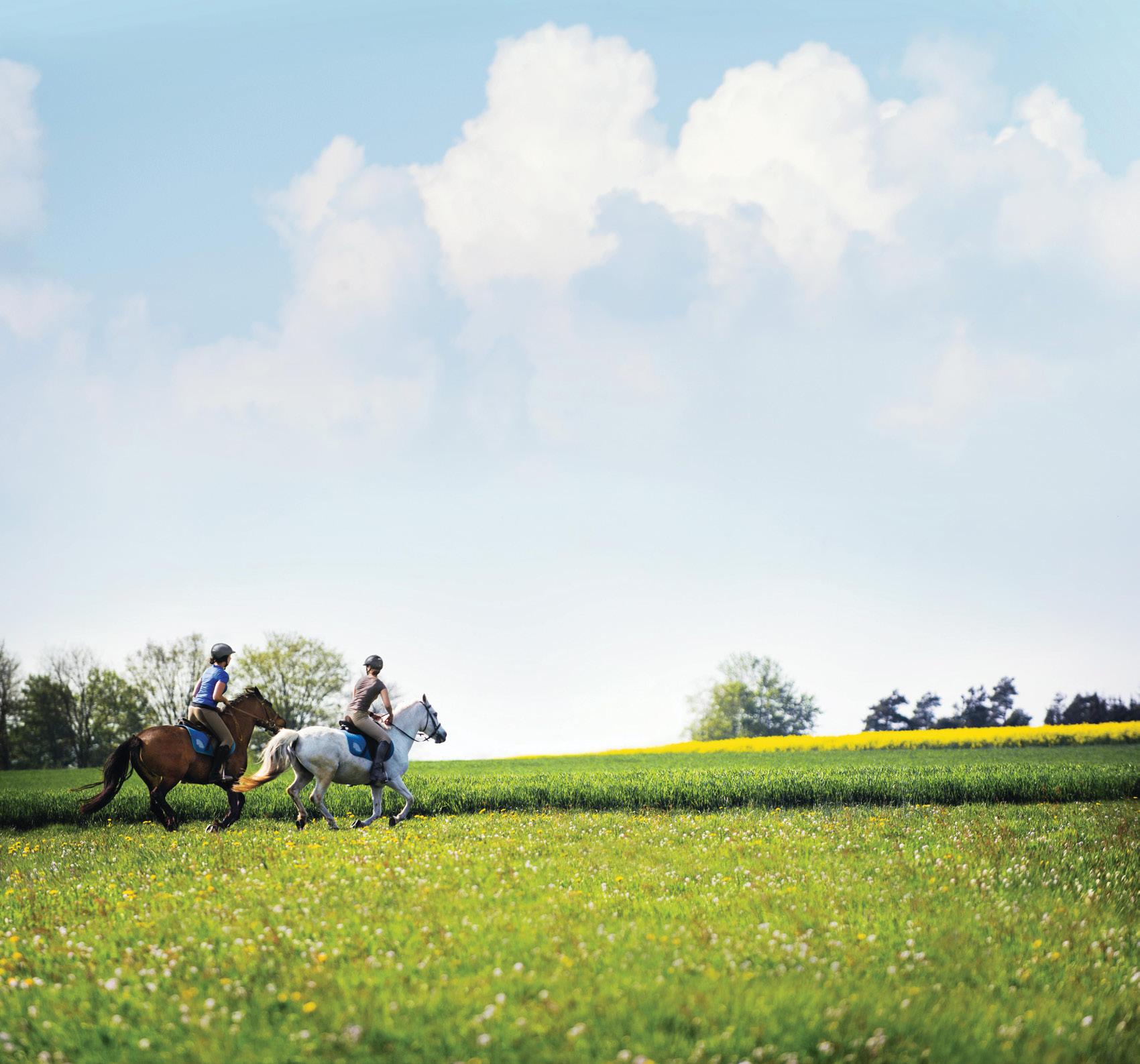
Every uvex riding helmet o ers:
Sophisticated design
High-quality finishes
Superior ventilation
Unbeatable safety
For exceptional protection – 24/7, 365 days of the year – uvex is the go-to choice Wherever you ride.
protecting people since 1926
Dear readers,
We’re so excited to have you back with us for this second edition of HQ Pony Mag.
We really hope you’ll enjoy the content this month. It’s been lots of fun for us to put together!
Dive in to learn more about colic, riding without stirrups, equitation, your grooming kit and much, much more.
Enjoy! And, happy, happy riding!
Lots of love, Lizzie and the HQ Team xxx
We’d love to hear from you and receive your photos, drawings or pony-related thoughts. To get in touch send an email to lizzie@hqmagazine.co.za and we’ll get back to you!
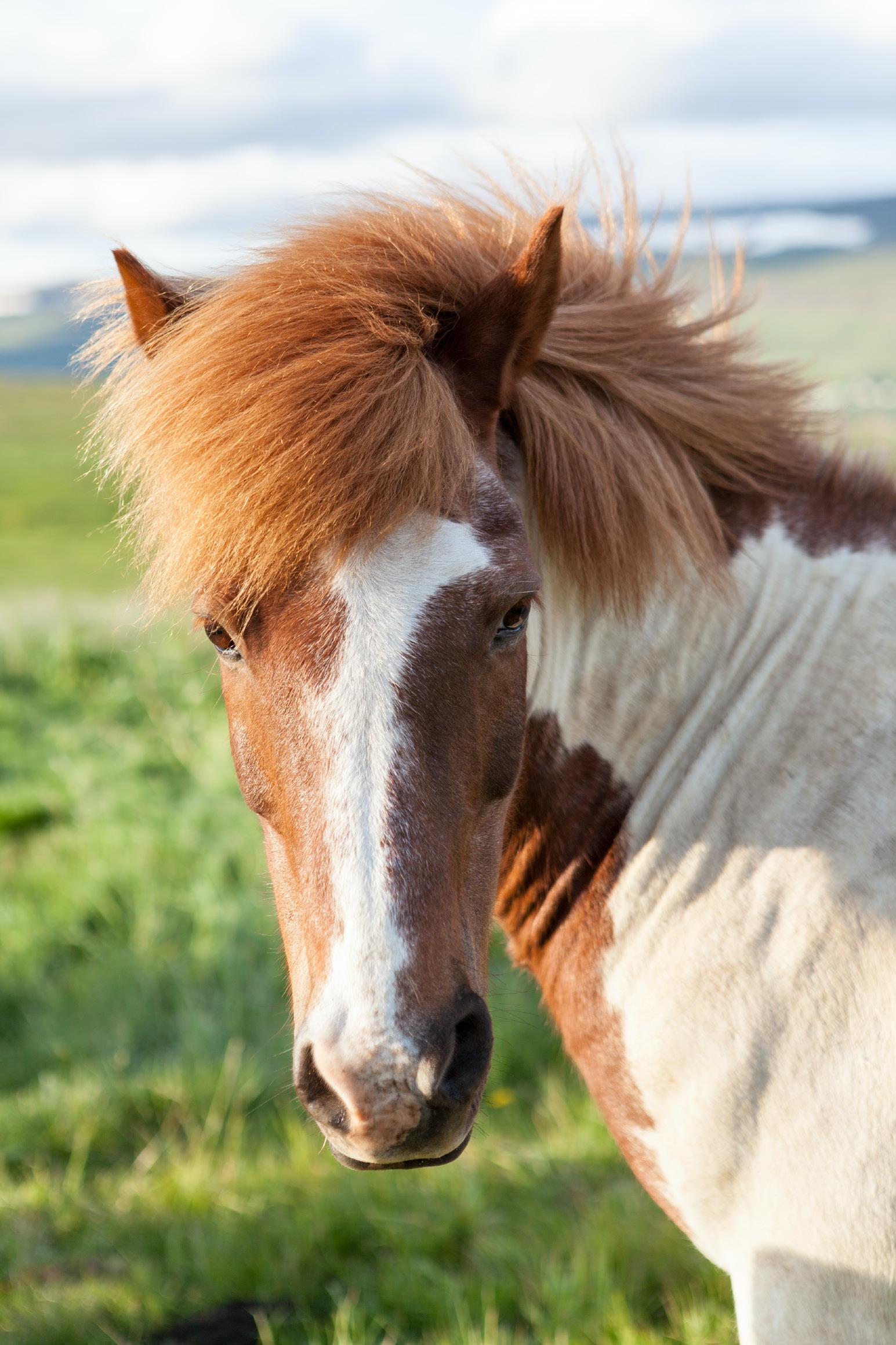
On the cover: Dolarch Vortex
Photography: Hilary O’Leary
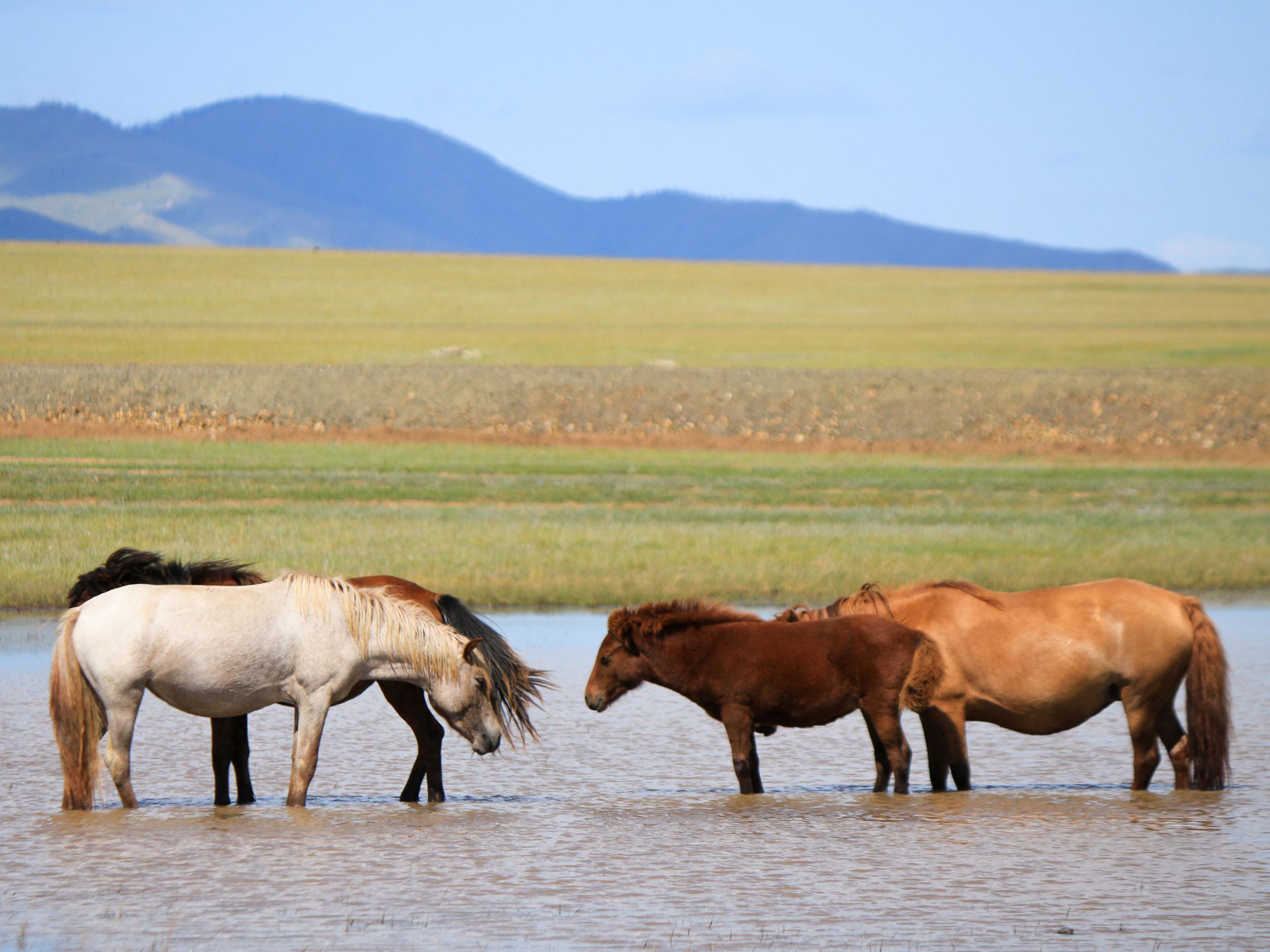

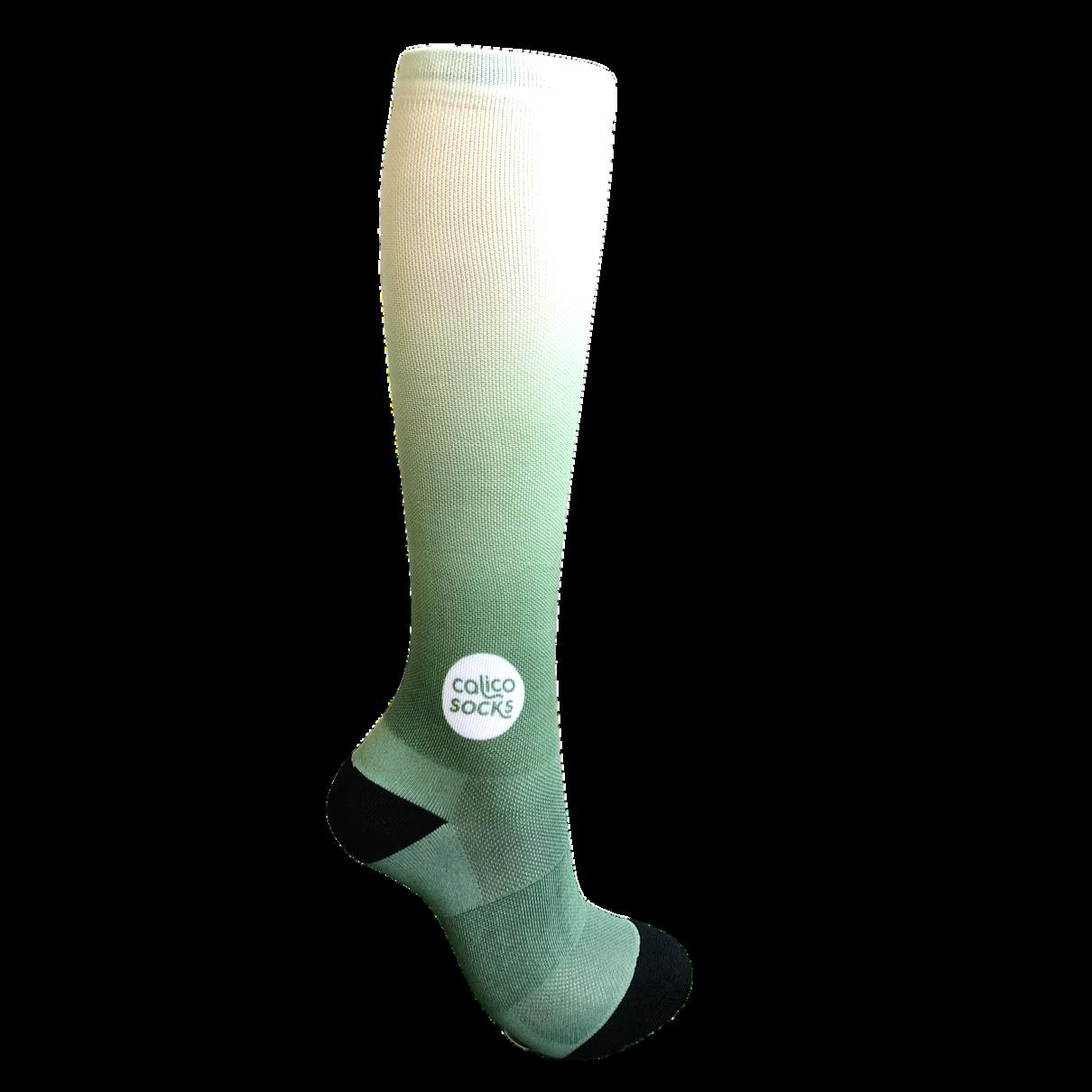
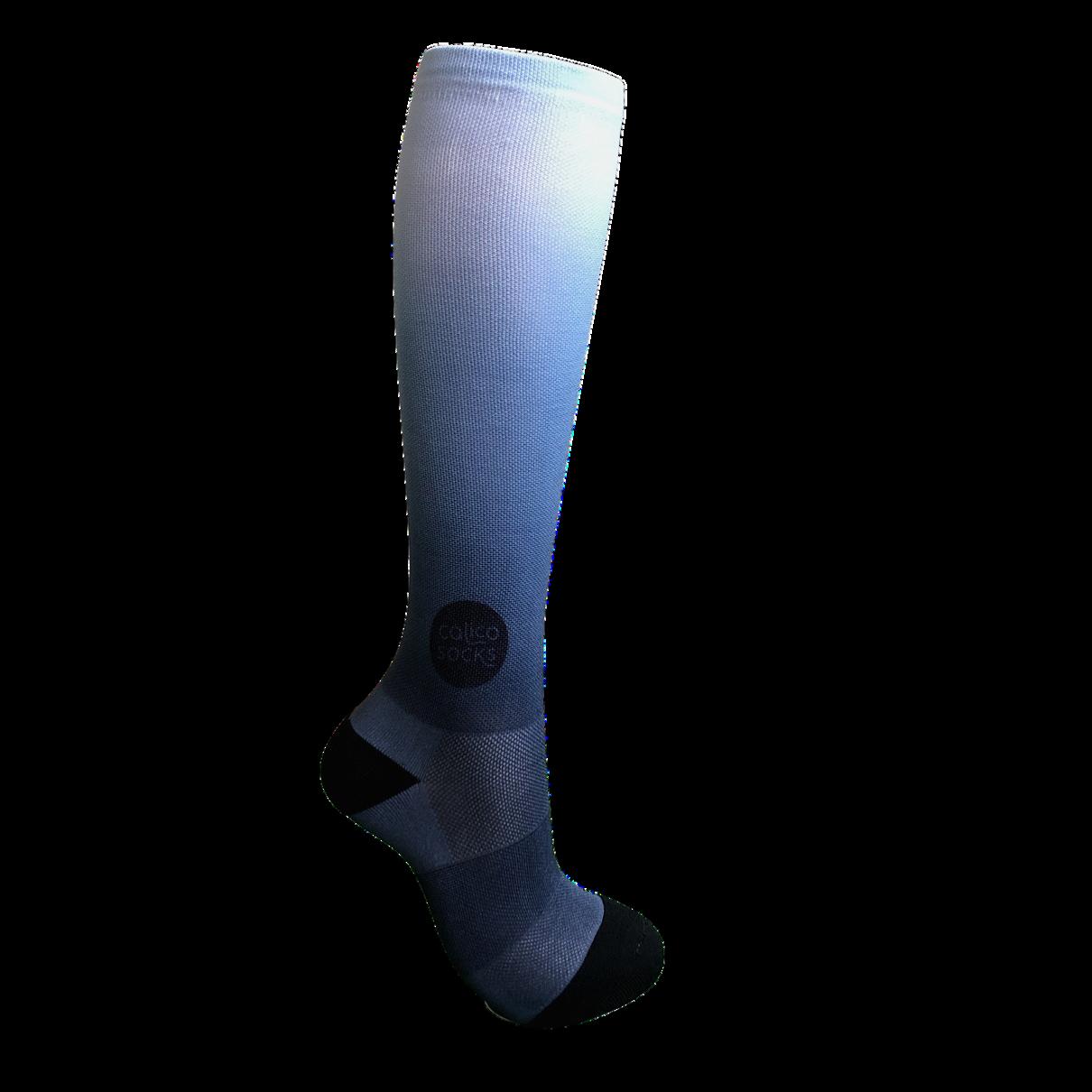





It may surprise you to hear that riding with stirrups is not a form of torture devised by your instructor to ensure that you can’t walk for the next week, but instead, a VERY valuable exercise practised by lots of professional riders at the top of the sport.
Riding regularly without stirrups really improves your riding, and if you want to get better in the saddle, you're going to need to give it a try!
This practice helps you develop a good position, balance and an independent seat, and these are the foundations of good riding, whatever discipline you enjoy competing or riding in.
1. Take your feet out of your stirrups, pull the buckles down and cross them over your pony’s withers. Always cross the right stirrup over his wither first, followed by your left. This is so that if you get off (on purpose or by accident!), you only need to take one stirrup down to get back on!
2. Make sure you relax! Whatever gait you are moving in, you need to make sure you stay relaxed. If you are tense, your pony will speed up, and you’ll push yourself out of the saddle and start to bounce! This is not comfortable (and, yes, we can tell you this from experience).
3. Try and ride with long legs and a straight back, with your shoulders and hands down. It is also important to make sure that you push your hands forwards, so you don’t lean on your hands for balance.
4. Ride as normal. Just because you don’t have stirrups doesn’t mean that all other instructions can be forgotten.

5. Start in the walk. Spend time getting your confidence up in walk and making sure that you are sitting as well as you can in the saddle. When you are ready, move into a sitting trot, but be aware that the transition will be particularly bumpy until you get used to the feel of the trot. If you need to, ride with one hand holding onto the saddle, and the other on the reins to help you feel safe. Canter is usually easier than trot because it is much smoother, but watch out when you return to trot, as this can be pretty bouncy for a few strides.
The best thing about riding without stirrups is that the more you do it, the better you get. You’ll also quickly improve in all areas of your riding, which makes the challenge worth it.

The word ‘equitation’ was originally used to refer to the overall position or style of the rider when in the saddle. The original meaning of this word was then taken to create the discipline called (you guessed it) Equitation.

Equitation, which can be ridden by riders of any age and ability, can be ridden at training or graded level. When a rider enters an Equitation test, they can expect to be judged on their position and how effective they are when in the saddle.
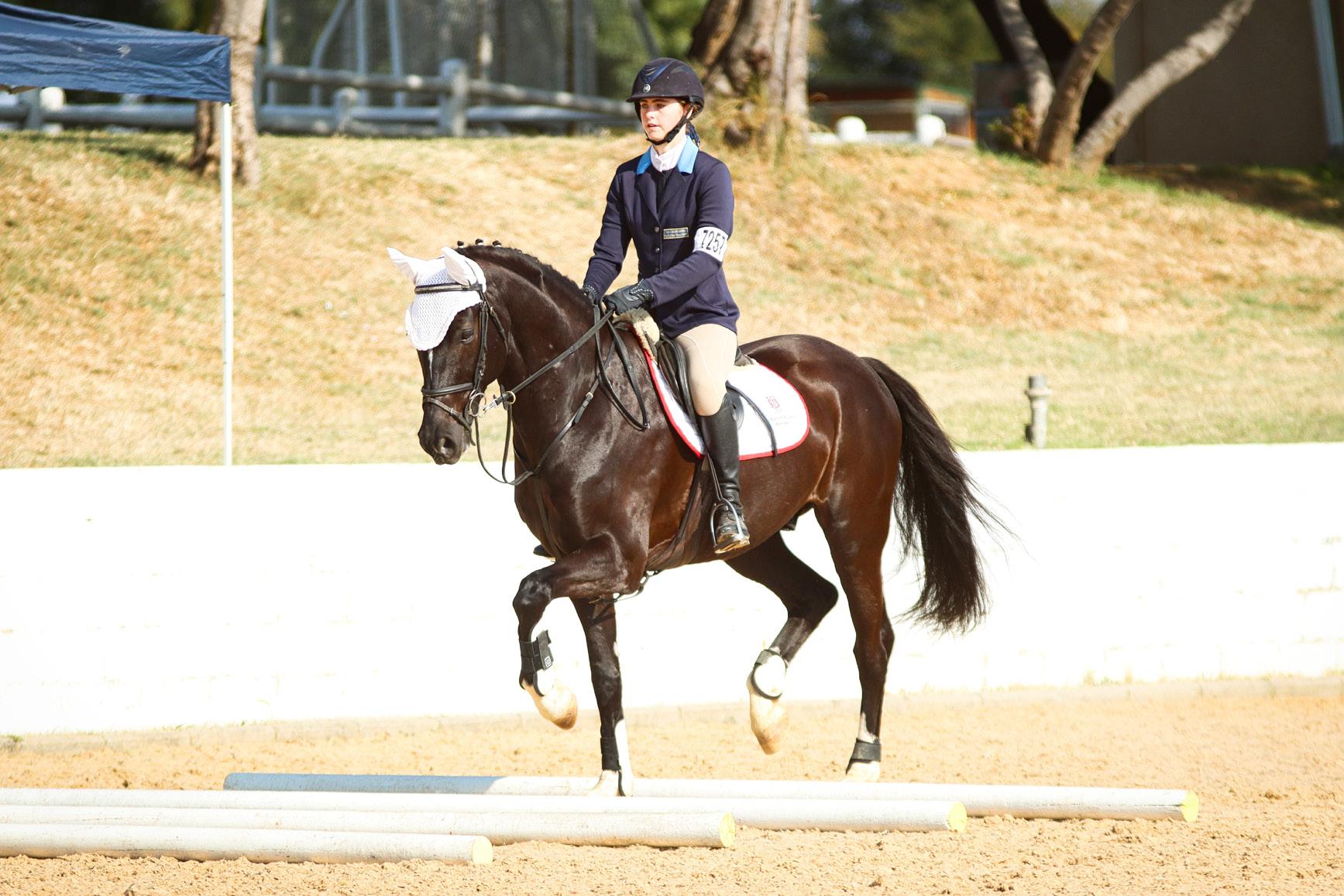

Ultimately, the purpose of Equitation is to improve riders’ skills by providing them with correct instruction and helpful tips to allow them to become the best possible rider they can be.
Did you know?
Equitation is a discipline that was introduced to South Africa in the 1970s by the talented Mrs Charlotte Stubbs.
Text: Tana Scott | Photography: L.C PhotographsIn Equitation different tests exist which combine a flatwork part, which is now known as ‘Part 1’, and a course consisting of approximately 8 jumps, now known as ‘Part 2’. There are then four levels that riders may ride at when competing in Equitation:

• In this level, the riders are required to do basic transitions such as halting, walking, trotting and cantering.
• Elements may include: trotting poles, Figures of 8, cantering a jump on a circular track, a small gymnastic, and canter poles.
• In this level, the riders are required to do more complex transitions and movements.
• Elements may include: trotting a Figure of 8 over trotting poles, cantering two poles on a circle and changing rein through the circle, cantering a more complex gymnastic and jumping fences set at right angles.
• In this level, the riders are required to do more complex transitions and movements than in Novice.
• Elements may include: cantering two jumps on a circular track, cantering a vertical on a Figure of 8 track, trotting a more complex gymnastic, jumping fences set on a zig-zag, cantering a Mercedes, performing roll backs and adding and subtracting strides in a related distance.
• In this level, the riders are required to do more complex transitions and movements than in Intermediate.
• Elements may include: jumping bounces on a curve, adding and subtracting strides in a related distance, cantering a related ‘s-bend’ and cantering a ‘looping star’.

Each test is created in a way which tests the riders and provides them with basic exercises to complete which, in the future, will help them achieve the best possible results. Each part in the Equitation test will be judged by either one or two skilled judges and once the test is completed, the judges will then score each part out of a possible 20 marks. The rider with the highest mark at the end of the class will be announced as the winner.
A large part of Equitation is the neat and correct turn-out of the horse and rider combination. Horses are required to have their manes and tails plaited and to be neatly groomed and presented. Riders are recommended to wear beige breeches, a collared shirt with a tie or a Chinese collared show-shirt, a show blazer and have polished boots. Hair should be tied up and the overall impression should be of a neat and well-presented rider and horse.

Equitation is a fun and informative discipline that has been enjoyed by many top and recreational riders over the years and provides a great medium for riders to improve their skills and the way in which they work with their horse.
Equitation is seen as the basis for all disciplines in the equestrian sport as it teaches the riders to apply the correct aids, sit correctly, hold the correct position and ride in an effective manner. These skills are used in all the other equestrian disciplines and doing Equitation as a discipline will greatly improve these skills and make you a better all-round performer.


Some breeds of horses are only ever chestnut in colour. These include Haflingers (pictured here) and Suffolk Punch horses.
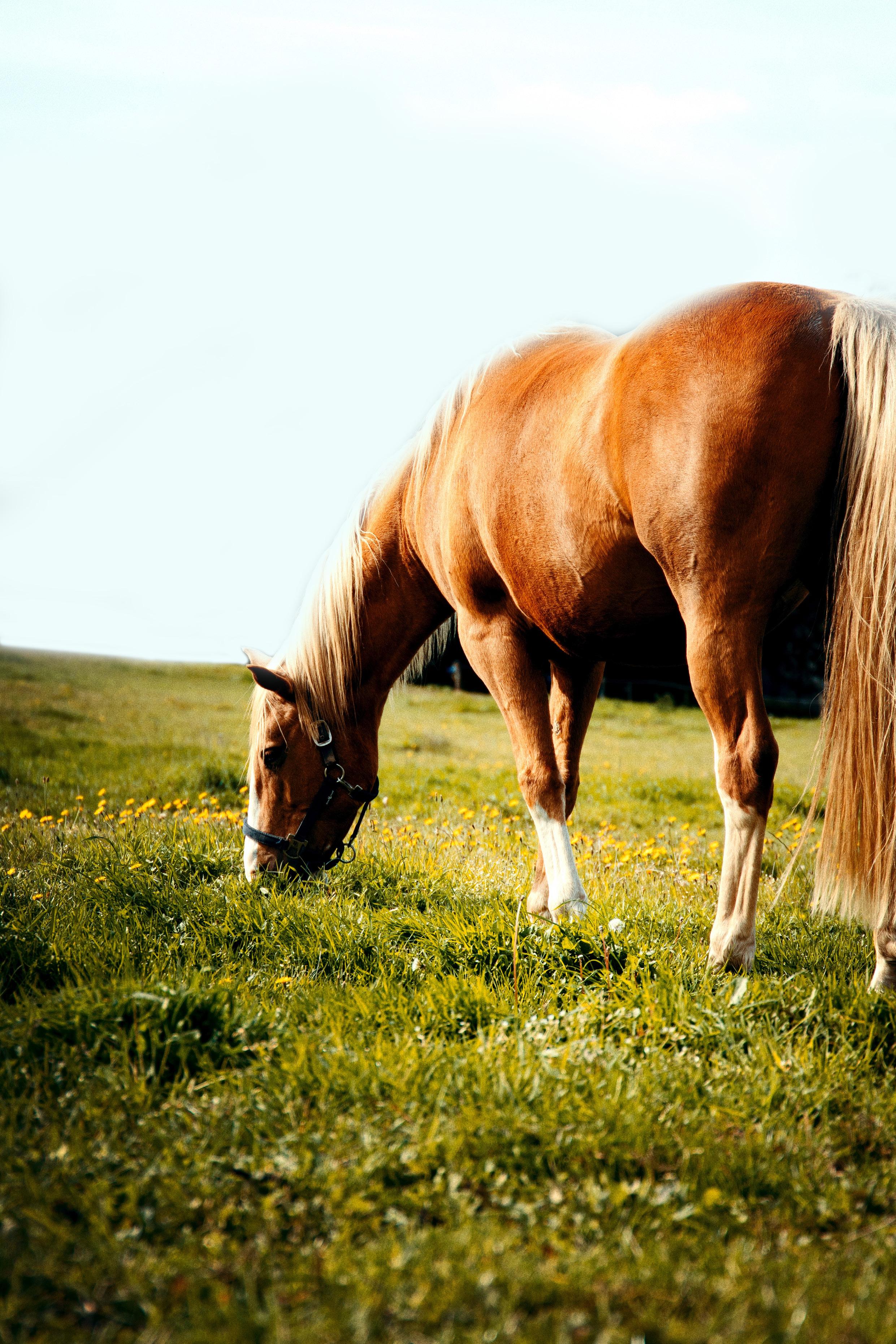
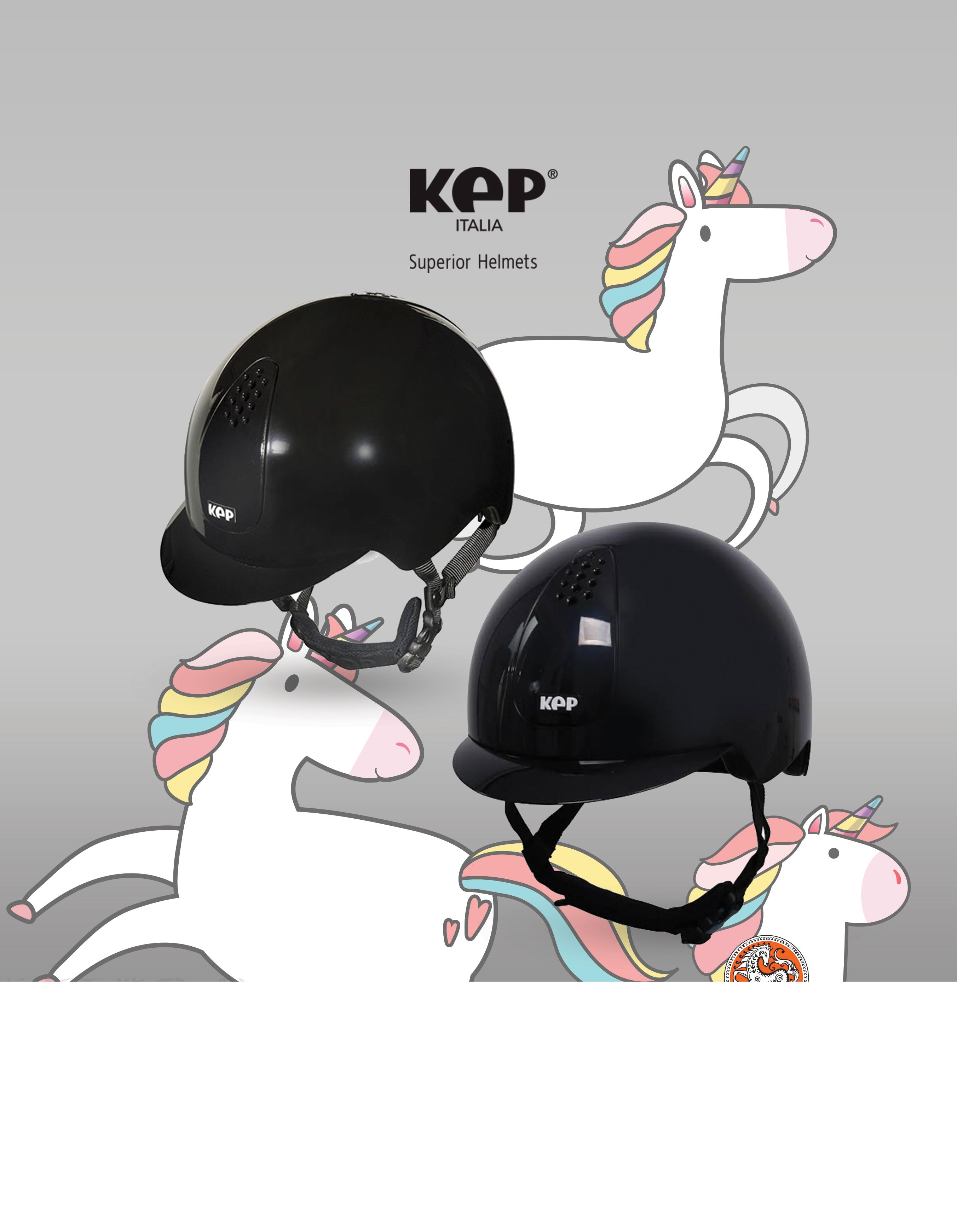



Dominey Alexander is well known by most in the equestrian community and with good reason. Excelling in showjumping, dressage and coaching it seems his list of talents are endless. To mention just a few of his wins over the years would take up far too much space for one article alone, but suffice to say he has won most of the major showjumping titles at least once, plenty of dressage titles and his pupils have excelled across the board.
HQ: What is the best piece of advice you have ever been given when it comes to horses?
Dominey: The best advice I have ever received is that it takes 5 years to produce a Grand Prix horse, not 5 months.
HQ: What do you wish you had known when you were just starting your career?



Dominey: I wish I’d know the importance of patience. But, ultimately, patience comes with understanding, understanding comes with experience and experience comes with resilience. You need to learn these things as you go along. You never stop learning!
HQ: What piece of advice would you like to impart to young, up and coming riders in the sport?

Dominey: I’d like them to know that it all takes time and lots of tears but the highs in the end are worth it.

Looking after your horse or pony’s legs with Magnetic Therapy (magnetotherapy)
Magnets have been used on horses and humans for many years. Magnetic fields have been shown to achieve good blood flow and can therefore optimise and improve the horse’s leg health. Supporting and managing the horse’s leg health benefits joint mobility and function, and also helps to maintain strong tendons.


When should Magnetic Boots be used for horses and ponies?
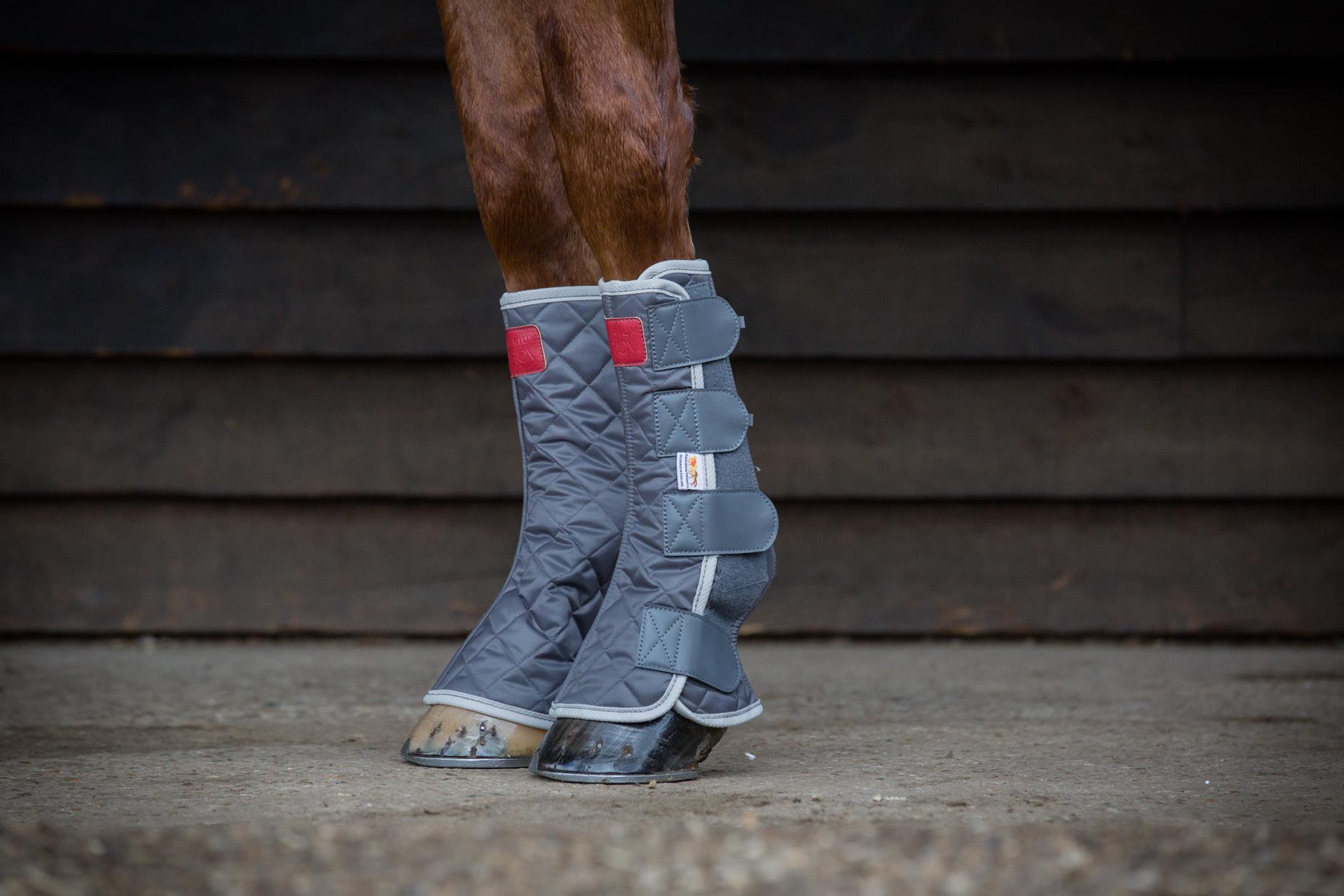
• Every day for maintaining their leg health - usually it is advised to use them overnight or in the day when they’re in the stable.
• For horses in work – be it hacking, competition or rehabilitation.
• For older horses or those who are a little slow to warm up.
• For horses that may be on stable rest or stand inside for long periods of time.

• For horses with any general knocks, bumps and bruises.
Sold in pairs, sizes Small to Extra Large. Available in-store and online at Western Shoppe. Visit www.westernshoppe.com for more information.
Most ponies seem to have mastered the art of getting unimaginably dirty in the shortest amount of time possible. It’s a skill developed by generations of ponies and seems to bring them great joy. This, of course, means that grooming is an essential part of our ponies’ routines (even those kind ponies who keep themselves a little bit cleaner).
Here we run through the key elements of a grooming kit so that you can be ready to put in some elbow grease and get your pony looking sparkly clean!





What is it for?
The hoofpick is used to remove mud, dirt and stones from your pony’s

How do I use it?
Use the hoofpick from heel to toe. The grooves next to the frog are very important to clean properly, as is the central sulcus at the back of the frog, but just be aware that the frog is sensitive.
What is it for?
The body brush gets rid of dirt and scurf in your pony’s coat and helps to work up a shine.
How do I use it?
Start at the neck and work your way down your pony’s body using short strokes of the brush. Following the direction of the coat, brush firmly with each stroke to get him looking super-shiny.
What is it for?
The dandy brush removes dried-on mud and dirt.
How do I use it?
Starting at your pony’s neck, brush in the direction of his coat. Pay close attention to where his tack and boots sit to ensure there’s no mud there that could rub him but be gentle on sensitive and bony areas.
What is it for?
The rubber curry comb helps to remove loose hair and gives your pony a massage.
How do I use it?
Rub your pony’s coat in small, circular motions to lift loose hair. Bang the brush on the ground to clean the hair from it every few strokes.

What is it for?
The face brush gently cleans dust and dirt from your pony’s face.
How do I use it?




Gently brush your horse’s face and ears, being particularly careful around his eyes. Use your fingers to work out any stubborn, caked-on mud and then approach it with a brush.
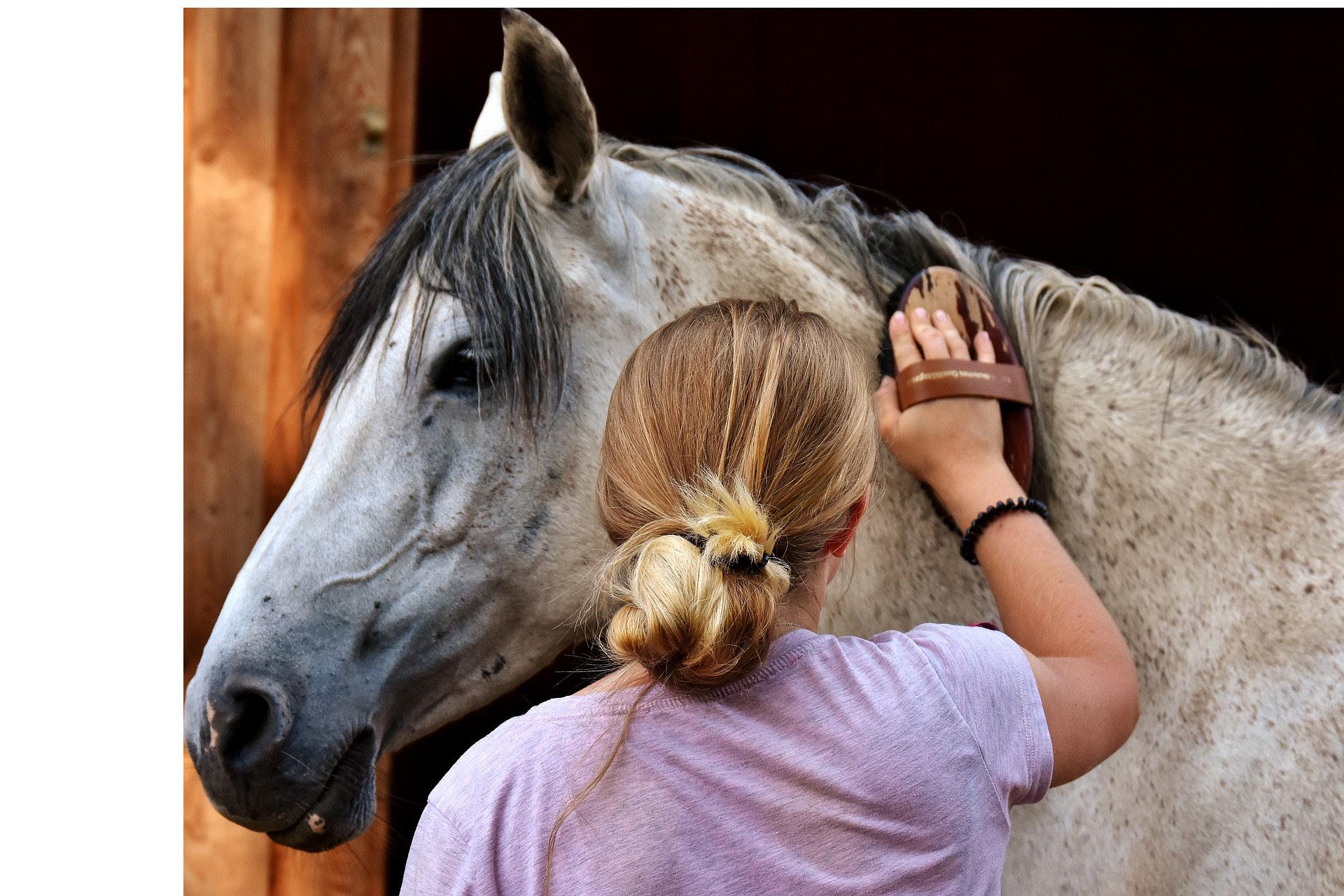
What is it for?
The metal curry comb removes dust and loose hair from your brushes.
How do I use it?
The metal curry comb must NEVER be used on your pony. Instead, you hold it in the opposite hand to the body brush and, every few strokes, run the brush across the teeth of the metal curry comb. Knock it gently against the floor to clean the dust out and stop it from transferring back onto the body brush.
What is it for?
The mane comb keeps your pony’s mane and forelock tangle-free.
How do I use it?
Starting at your pony’s ears, comb his mane over, so it sits neatly on one side. For any particularly tangled sections, work the knots out by combing from the ends of the mane and work your way up to the roots. This avoids pulling out too much hair!




What is it for?
The tail brush removes bedding and dirt from your pony’s tail and brushes out tangles.
How do I use it?
Standing to the side of your pony, hold his tail in one hand and the tail brush in the other. Brush small sections of the tail at the time, leaving the detangled hair hanging loose and keeping hold of the tangled hair until you’ve worked your way through the whole tail.
TOP TIP: Use a detangling spray on your pony’s tail to make it easier to brush through. It will mean that fewer hairs are pulled out and also adds a bit of shine too!


The second breed in our series is the Mongolian Horse, another horse native to East Asia.
These Mongolian Horses range in size from 12-14 hands and despite their small stature they are able to carry adults easily. These little horses are also hardy enough to survive temperatures ranging from 30°C in the summer to -40°C in the winter.
It is thought that humans have been domesticating and riding the Mongolian horse for over 4000 years.
There are four main types of Mongol horse: desert, mountain, steppe and forest. Each has characteristics that make it especially suitable for its environment and the needs of the local people.
The Mongolian domesticated horse is essential to Mongolian culture and way of life. Some Mongolian people of today still move in nomadic groups that live off the land and it is said ‘a Mongol without a horse is like a bird without wings’.



Horse racing is a popular sport in Mongolian culture and despite the Mongolian horses’ small size they have great stamina and can gallop for 10km without a break. Mongolian children are exceptional horsemen and are often chosen to race their families’ horses because of their light weight. Some of these jockeys are as young as 6 years old!
It is thought that the stirrup, which is believed to have been created by the Mongolian Emperor Genghis Khan’s armies, was a large contributing factor to these armies’ success in conquering lands from East Asia, right up to Vienna in the 12th and 13th centuries. The stirrup has changed very little, even today.
A popular tourist attraction is the Mongol Derby, which is a 1000 km route, raced in just 10 days. Riders from all over the world compete in the Derby every year.
Do you know someone who has raced the Mongol Derby?



Isn’t it funny how day by day nothing changes, but when you look back, everything is different.
- Prince Caspian -

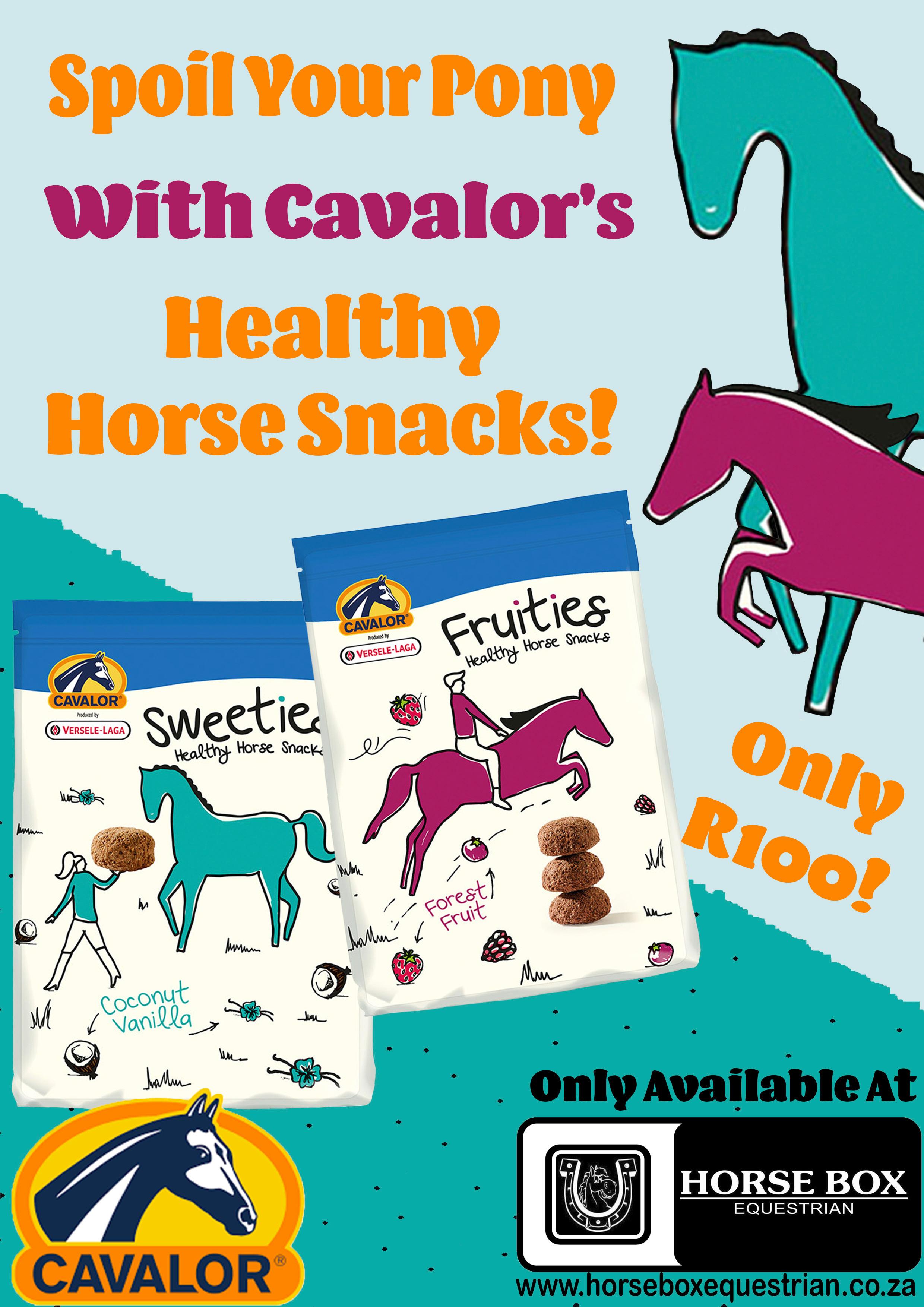
Your pony will be calmer and happier if they know what to expect and when. Turning out, feeding and working your pony at regular times will help to keep them settled so that their gut can function in the best way it can. Of course, sometimes, your plans mean that you have to vary your pony’s routine, e.g. when you go to a show, but just make sure to keep a close eye on your pony on these days, and he should be fine!
Your pony needs access to either forage or grazing twenty-four hours a day. This keeps his gut moving and working optimally.
Be careful of feeding too much concentrate as feeding a lot of concentrate increases the risk of colic. Make sure your pony is getting everything he needs in his diet, but don’t overfeed him!


If you have to feed concentrate, you should split it into smaller portions and give the portions over the course of two or three meals each day. This is better for your pony’s gut.
Movement is good for the gut, so the more your pony moves, the healthier his digestive system will be.
Ponies and horses need constant access to clean water to keep the contents of their intestines soft and moving through their system. If your pony stops drinking or suddenly reduces the amount he is drinking, contact your vet and ask for advice. If you catch the problem early enough, you should be able to prevent colic.

Certain weeds and toxins can cause colic, so always make sure that your pony lives in a safe environment and that his hay is free of any weeds.
Ask your vet to do regular faecal egg counts on your pony to check for worms. If they advise that you deworm, then do this with their recommended dewormer.
Stress causes colic, so always keep your pony’s stress levels to a minimum. Try and keep his routine the same as normal and make sure that if something has to change in his environment (e.g. his friend is moving to a different yard), everything else stays the same. The calmer your pony is, the better his gut works.
Learn the habits of your pony so you can spot the second something is not right!
Does your pony always manure in one corner of the stable? Or does he drink the most when he comes in from the paddock? Notice your pony’s habits, and make sure that if anything changes, you call your vet or chat to your stable manager. A change in habits for your pony can signal stress or illness, so knowing what they do on a normal day is very valuable!

Keppy is a real revolution. This helmet is specially designed for children and teenagers. Its design, with clean and minimal lines, has been created to fit younger riders from a size 49 to a size 53.


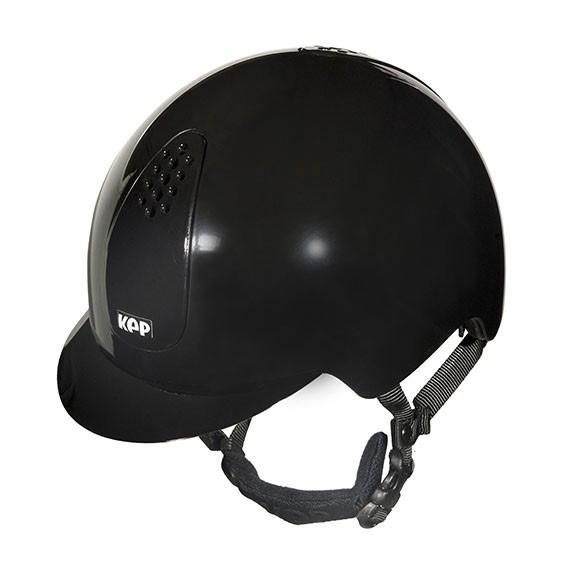
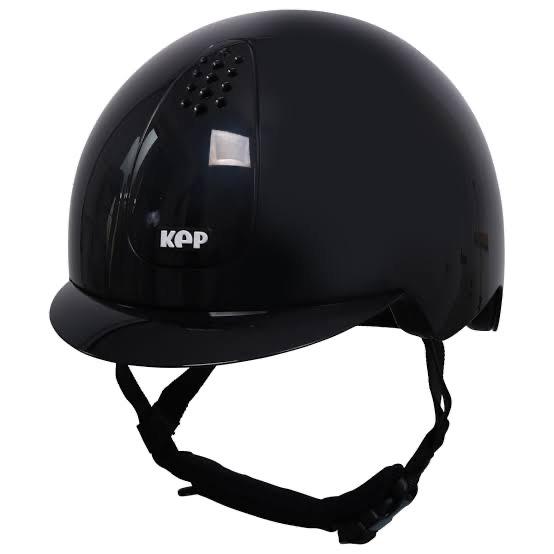
Q: What’s the difference between lungeing and long-reining?

A: Lungeing and long-reining are just two forms of groundwork that can be beneficial for your pony.
The biggest difference between the two is your position relative to your pony. While lungeing, you stand in the centre of the circle as your pony works around you, but in long-reining, you walk behind your pony and direct him using two lunge lines as if you were riding.
Both options can improve your pony’s suppleness and responsiveness to your aids, but lungeing gives you the opportunity to work on your pony’s canter, while long-reining mainly helps to improve straightness.


Q: My pony gets very distracted when we ride in the warm-up with other ponies. How can I help her to focus on me more?
A: Riding with others can be pretty tough for ponies, especially if they need to do it in unfamiliar surroundings.
To begin with, start by riding at home with just one other pony. Gradually bring your ponies closer together, but try to keep your pony focused on you by asking for lots of transitions and direction changes. If she loses focus, just ask her to do more transitions or turn her onto a circle. Keeping her mind on you using exercises like this will really help keep her focused, whatever is happening in her surroundings.
Once you feel your pony works as well with one other pony as she does alone, you can do some training sessions with a couple more ponies at home. Adding a few more ponies creates an environment like a warm-up for a competition, but at home where your pony is more likely to feel comfortable.


Once you have mastered working with a few ponies, the next step is to do the same exercise away from home. It would be great to go to a nearby arena to do this or to hire a competition arena for an hour. You want to be away from home, but not in a full competition setting for the first few times you practice this so that you don’t have to handle any additional pressure. Again, as before, first practice working away from home with just one other pony and then repeat the exercise with more ponies until you are sure that your pony is comfortable in this environment.
THEN YOU’LL BE READY FOR THE WARM-UP AT ANY SHOW!
Can you name all the jump types below?


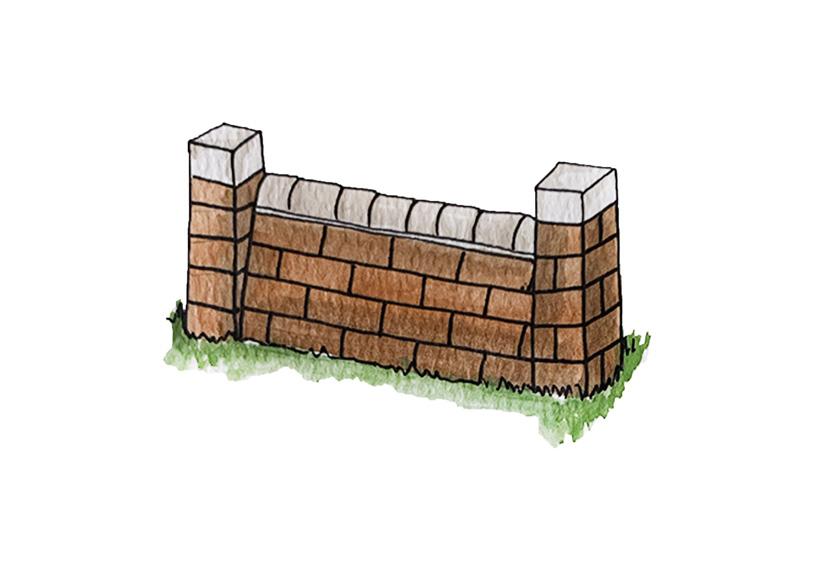
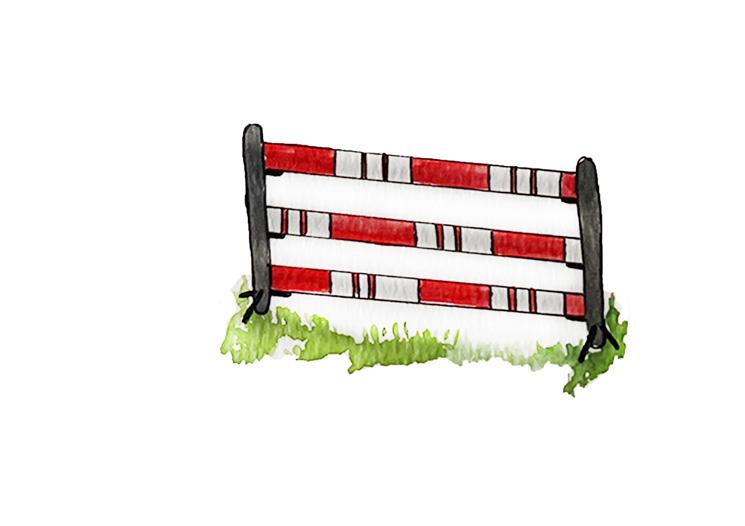
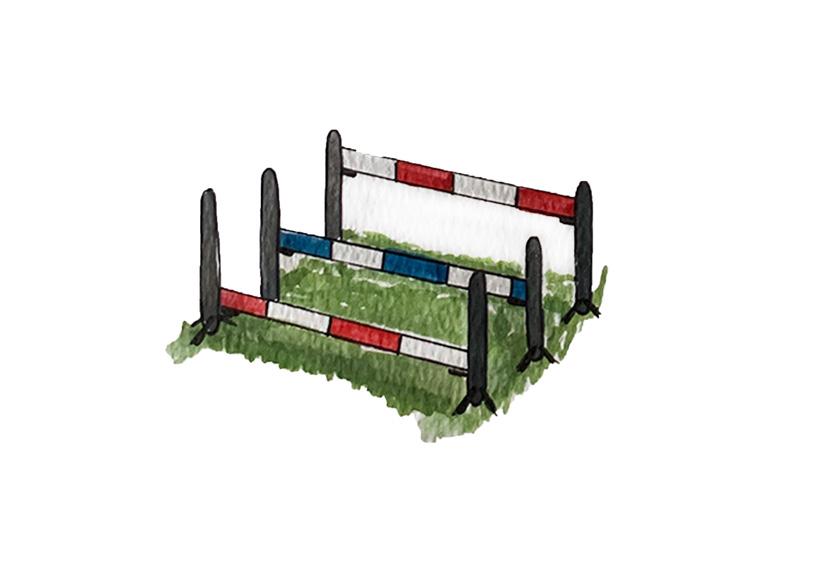

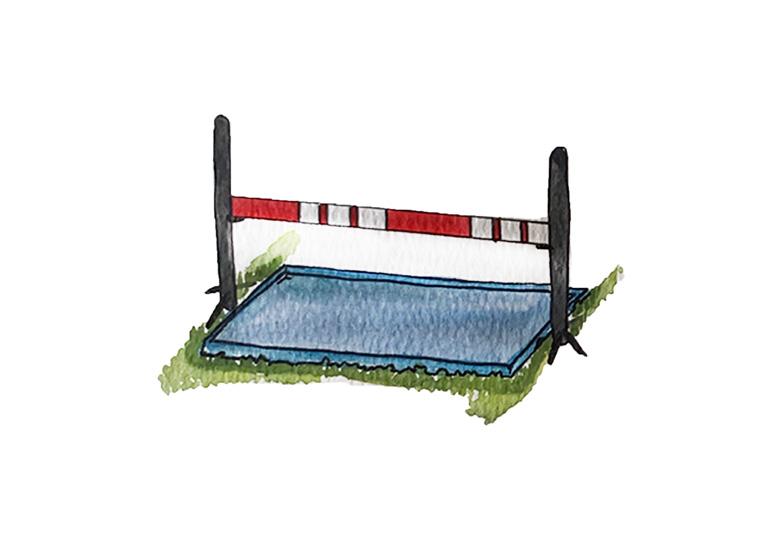

 1.
2.
3.
4.
5.
7.
8.
6.
1.
2.
3.
4.
5.
7.
8.
6.
Can you spot the 10 differences below?

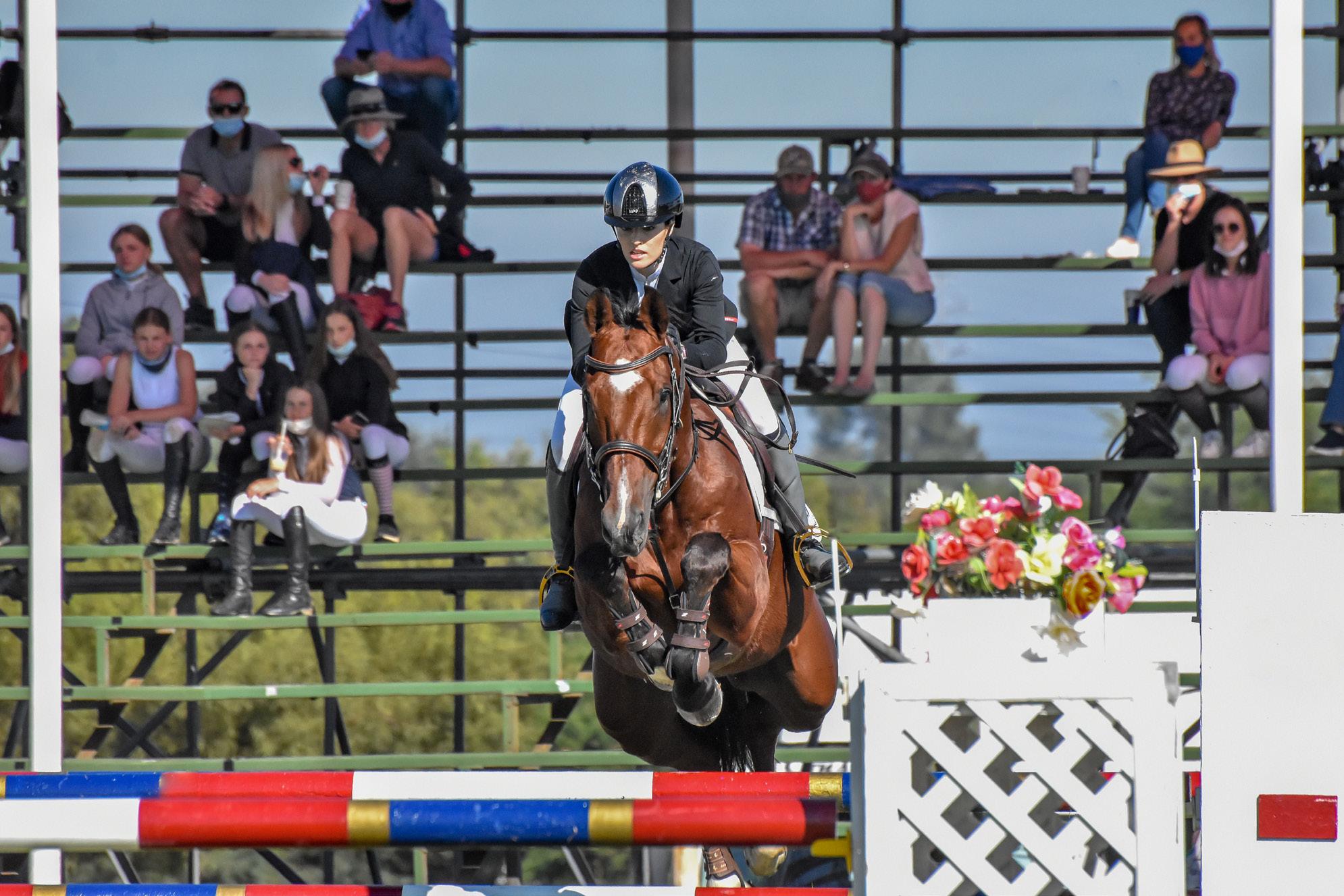
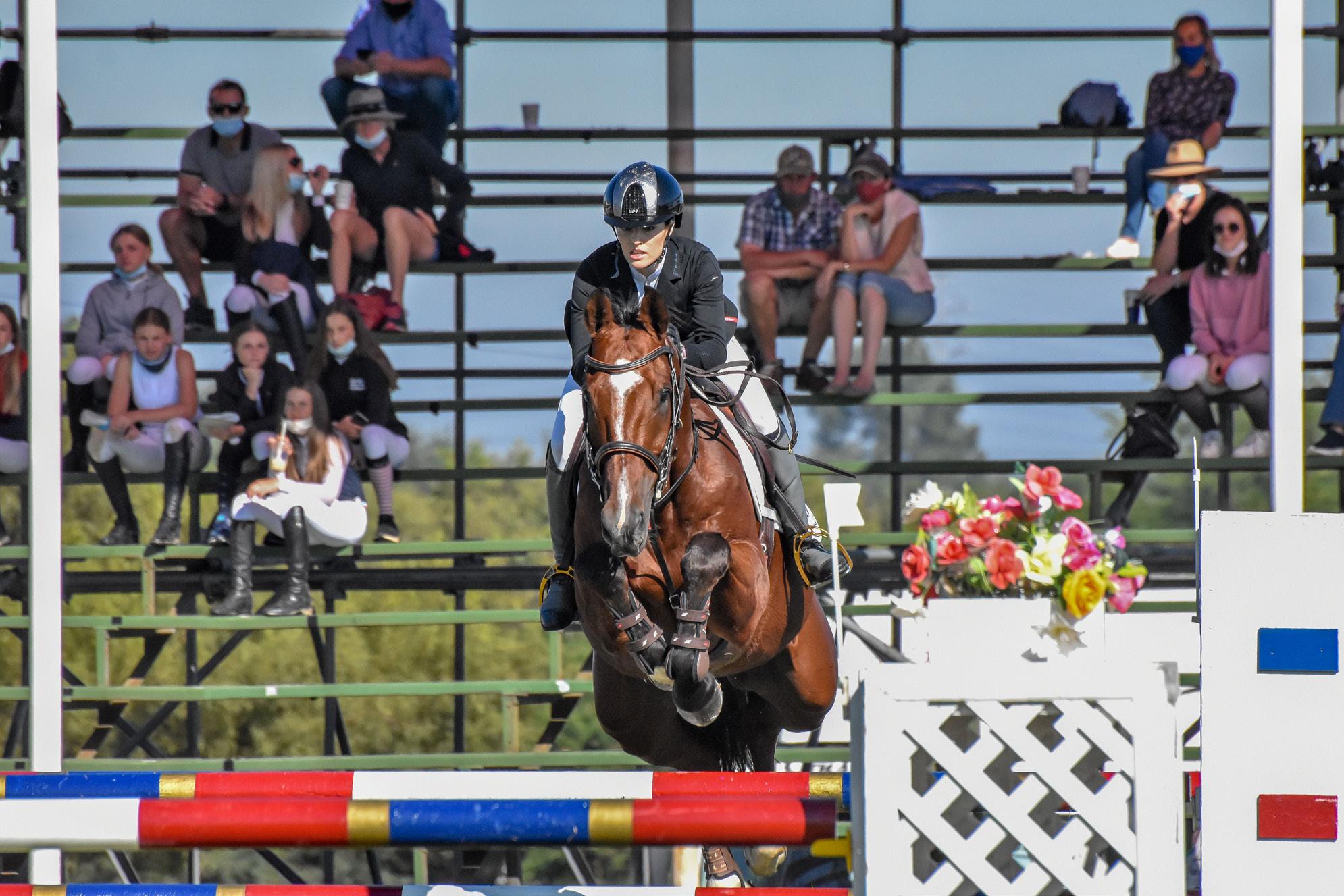
MAGAZINE AVAILABLE ON 1 AUGUST. SEE YOU THEN!
